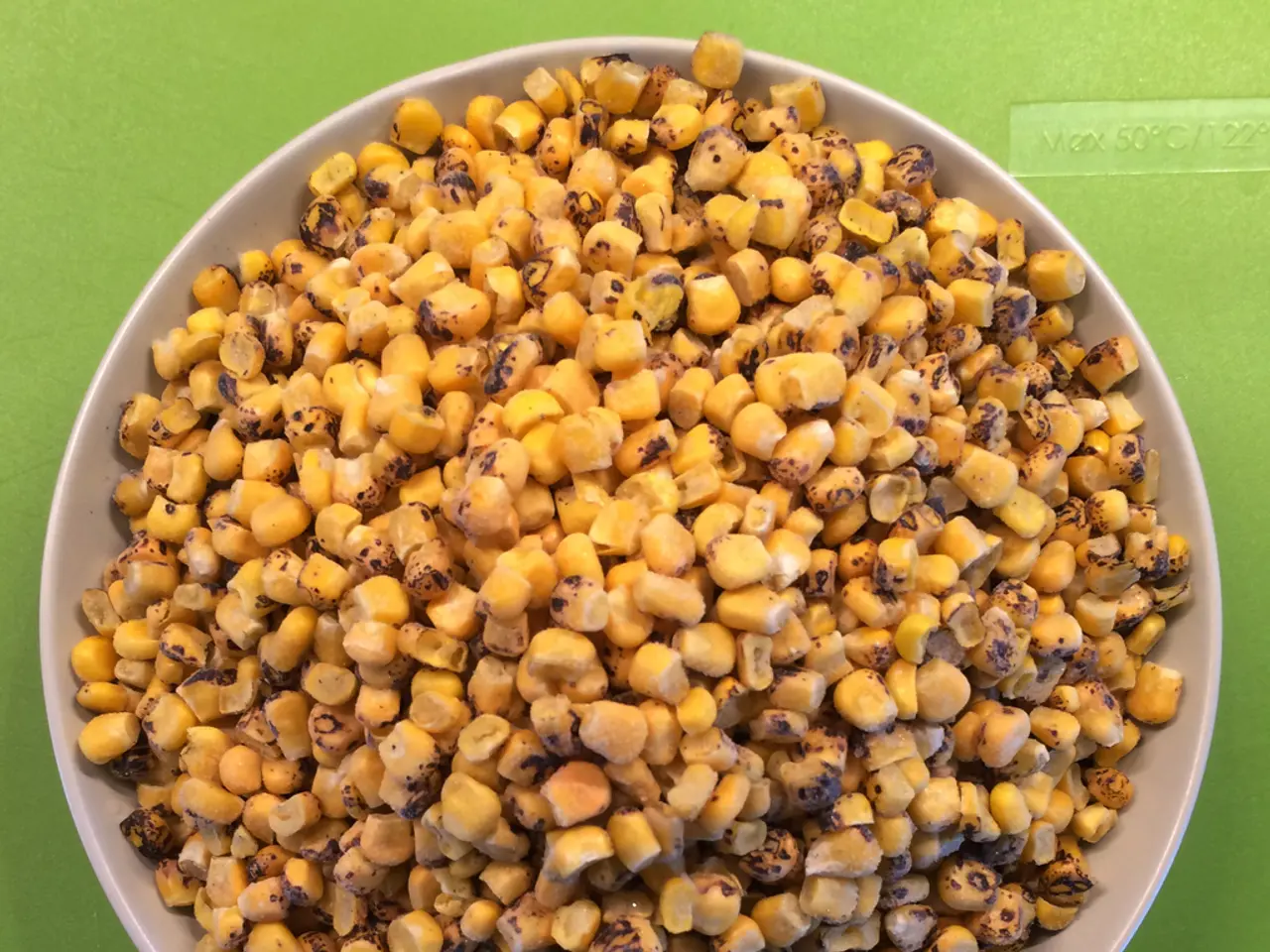The Process of Preserving Garden Seeds for Next Year's Growth: Crucial Information
In the realm of home gardening, saving seeds can be a cost-effective, exciting, and sustainable endeavour. Seed viability varies according to species, but with the right care, seeds can last for several years. Here's a guide on how to store your fall seed harvests for long-term viability.
Firstly, allow the fruit to ripen fully before removing the seeds. This process may take 2-4 weeks past peak harvest time. Once ripe, carefully extract the seeds and spread them out in a thin layer in a dark, dry, airy area. Check them often to prevent molding, and let them dry completely.
Once dried, the seeds are ready for storage. Place them in sealed containers, such as mason jars or vacuum-sealed bags. For home gardeners, an ideal storage location is a refrigerator, where seeds can be kept in a consistently cool and dark environment.
To further extend seed viability, consider adding desiccants like silica gel packets inside containers. These can be found on Amazon, and they help control humidity levels, ensuring seeds remain dry and viable for longer.
It's important to avoid exposure to heat, sunlight, and fluctuating humidity. Storing seeds in a stable environment like a refrigerator, basement, or root cellar is recommended, while places like garages or sheds should be avoided due to their temperature and humidity fluctuations.
Some common home garden crops, such as basil, broccoli, cabbage, cauliflower, cucumbers, eggplant, lettuce, oregano, pumpkin, radish, squash, tomato, and watermelon seeds, can be stored for up to 4-5 years. However, not all seeds can be saved, as some may not germinate or grow true to the parent plant.
To test seed viability, "plant" seeds on a moistened paper towel and check for germination. Most seeds should germinate in a week to 10 days if they are not expired. If seeds don't grow, they may be expired.
Remember, seeds, being living organisms, lose their viability if not stored properly. Open pollinated, heirloom, or self-pollinating plants are best for seed saving, while hybrids and cross-pollinated plants are not recommended due to unpredictable results.
By following these steps, you can reliably extend seed viability for several years, with typical flower seeds lasting 2-6 years depending on species and storage conditions. Happy seed saving!
Incorporating seeds collected from your home gardening efforts into your long-term lifestyle, consider saving seeds from crops like basil, broccoli, cabbage, cucumbers, eggplant, lettuce, pumpkin, radish, squash, tomato, and watermelon, as they can last up to 4-5 years when stored correctly in a refrigerator. To ensure the longevity of these seeds, store them in sealed containers, like mason jars or vacuum-sealed bags, and keep them in a consistently cool and dark environment, away from heat, sunlight, and fluctuating humidity.




